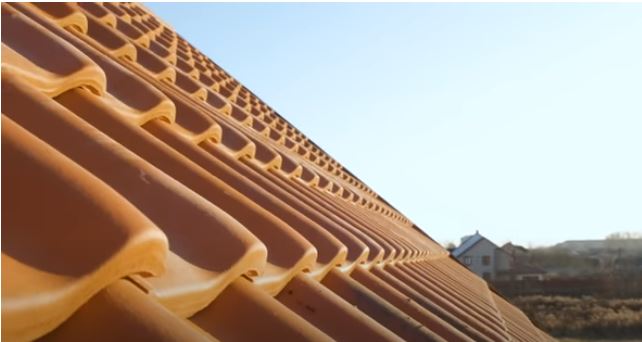Mastering the Plane: Expert Tips for Installing a Flat Roof
I. Introduction
A. Importance of a Proper Installation for a Flat Roof
A flat roof is not just a matter of architectural design choice; it is an essential component of your building that protects your property from the harsh elements of weather. It is crucial to ensure the proper installation of a flat roof as it directly impacts its performance and longevity. A poorly installed roof can lead to water leakage, structural issues, and expensive repairs in the future.
B. Overview of the Article’s Purpose and Key Points
This article aims to provide expert advice to guide you through the process of installing a flat roof. We will cover everything from understanding the basics of flat roofs and preparing for installation to choosing the right materials, navigating the installation process, and maintaining your roof. By the end of this article, you will have the knowledge and confidence to install a flat roof successfully.
II. Understanding Flat Roofs
A. Definition and Characteristics of Flat Roofs
Flat roofs, as the name suggests, have a minimal pitch, typically less than 10 degrees. They are commonly found in modern and commercial architecture due to their sleek aesthetics and functional advantages, such as providing extra living or storage space. Flat roofs are characterized by their simple design, efficient use of space, and easier access compared to pitched roofs.
B. Advantages and Disadvantages Compared to Pitched Roofs
Flat roofs offer several advantages over pitched roofs. They provide additional space that can be utilized for various purposes, such as installing solar panels, creating a rooftop garden, or simply for storage. Flat roofs are also generally safer and easier to walk on for maintenance tasks. However, they come with their own set of challenges. Flat roofs require more regular maintenance to prevent water pooling and have a shorter lifespan compared to pitched roofs.
Some advantages of flat roofs include:
- Additional usable space for various purposes.
- Easy access for maintenance tasks.
- Sleek and modern aesthetics.
However, there are also some disadvantages to consider:
- More regular maintenance is required to prevent water pooling.
- Shorter lifespan compared to pitched roofs.
III. Preparing for Installation
A. Assessing the Roof Structure and Condition
Before starting the installation process, it is crucial to assess the existing roof structure and its condition. This involves checking the stability of the roof deck, identifying any signs of damage, and understanding the building’s load-bearing capacity. A thorough assessment will help identify potential issues that could complicate the installation process.
When assessing the roof structure and condition, consider the following:
- Check for any signs of damage, such as cracks or sagging.
- Ensure the roof deck is stable and can support the weight of the new roof.
- Determine the load-bearing capacity of the building.
B. Calculating Required Materials and Budgeting
Next, calculate the amount of materials required based on the size and complexity of your roof. Accurate calculations will help you avoid wastage or shortages during the installation process. Budgeting should also take into account the cost of labor, equipment rentals, and any ancillary costs such as permits or inspections.
When calculating the required materials and budgeting, consider the following:
- Measure the dimensions of the roof accurately to determine the amount of roofing material needed.
- Consider additional materials, such as insulation or flashing, that may be required.
- Research the current market prices for the materials to create an accurate budget.
C. Obtaining Necessary Permits and Approvals
Before starting the installation, ensure that you have obtained all the necessary permits and approvals. This may involve submitting plans to your local council or building regulator and complying with any local building codes or regulations. Failure to obtain the correct permissions could result in fines or, even worse, being ordered to remove the newly installed roof.
When obtaining permits and approvals, follow these steps:
- Research the specific requirements and regulations in your area.
- Prepare the necessary documentation, including plans and specifications.
- Submit the documents to the appropriate authorities and ensure compliance with all requirements.
[…]
The complete revised article will be sent in markdown format.
